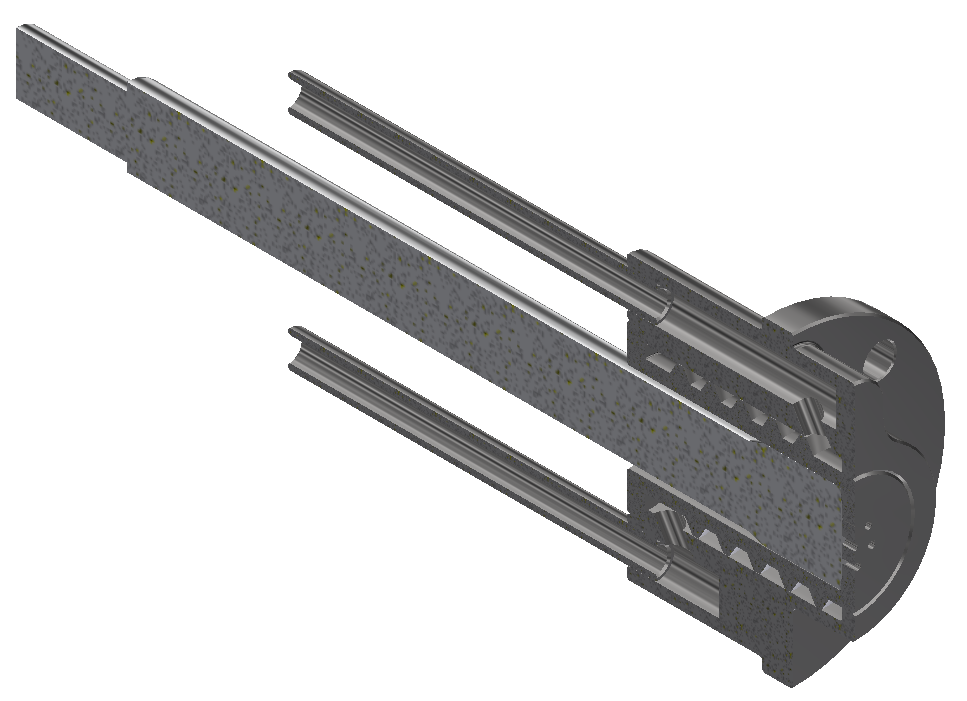diagnostics
Combustion noise
Combustion has no characteristic frequency; the peaks in the acoustic spectrum are the results of the flame-flow interactions. Since current regulations and dynamic loading capability needs online control, fast-acting sensors, such as photosensors and microphones, are essential. The combination of the two allows flame stability analysis via the Rayleigh index, i.e., if there is positive feedback between the pressure field and the heat release.
The spectrum of the heat release is usually free from characteristic peaks if there is no unstable operation. Therefore, the microphone signal is superior to the chemiluminescent signal in system control. The research group currently holds a Hungarian patent and a PCT application on online flame diagnostics besides scientific papers.


Fundamental techniques
Low-frequency signals are evaluated in the temporal space, while high-frequency temporal signals capture rich details of the ongoing phenomena, enabling advanced spectral and statistical analysis for maximum information content.
For spectral analysis, FFT is the classical tool. However, combustion noise complies better with multiresolution techniques since the low-frequency peaks are well-localized, while the temporal evolution of the broadband roar is also critical. Therefore, wavelet transform comes in handy – at an increased computational cost.
